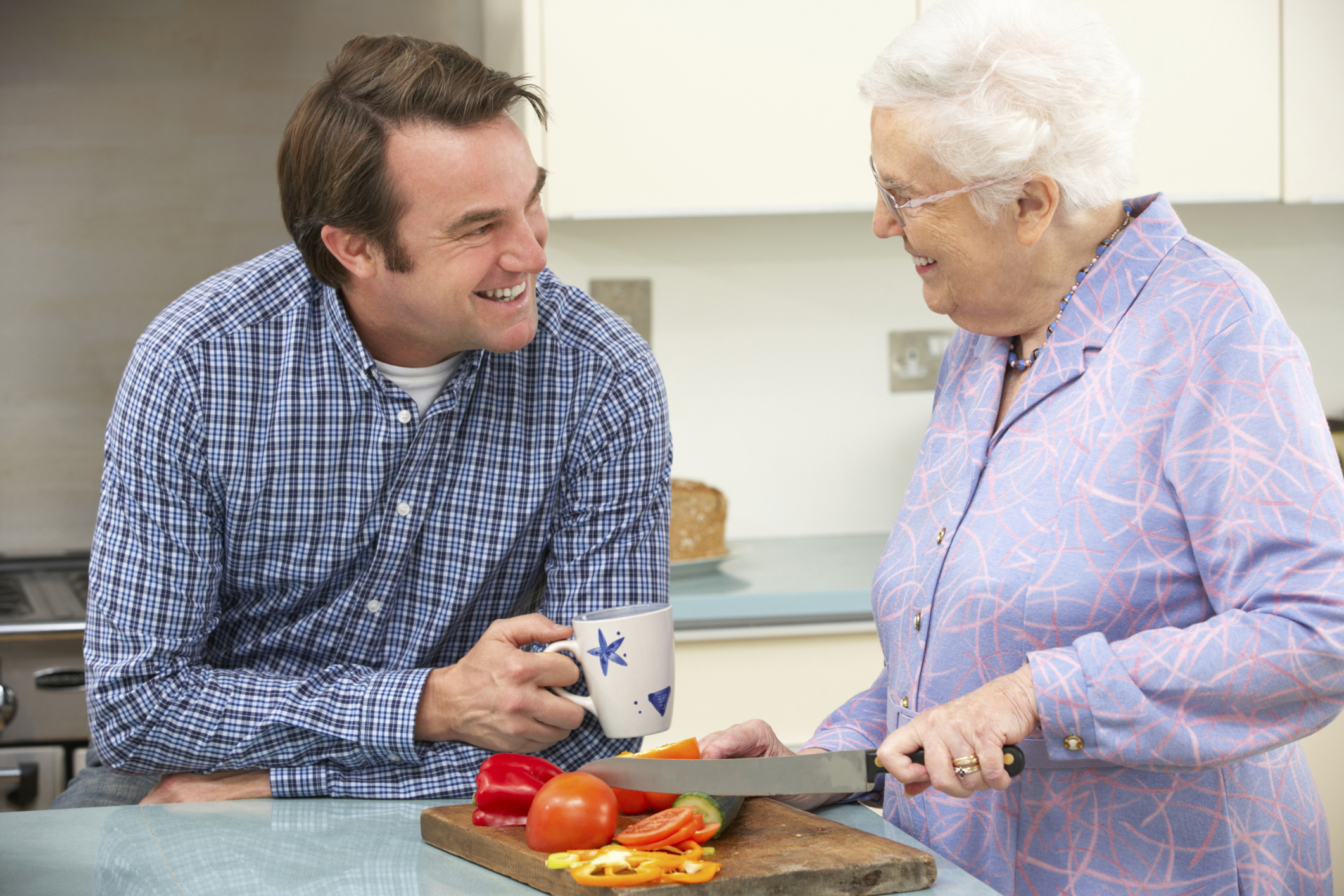Home sweet home?
New official figures shed fresh light on the extent of the “boomerang” generation of young adults still living in their parents’ home. Vicky Shaw reports
A recent flurry of “good news” stories about first-time buyers finally getting onto the property ladder might suggest young people are no longer struggling to fly the nest.
But new official figures reveal a different story.
The Office for National Statistics (ONS) shows there has, in fact, been a large jump in the number of twenty- and thirty-somethings still sleeping in their childhood bedrooms – last year, more than 3.3 million people in the UK aged 20 to 34 were living with their parents.
This figure is the highest total recorded by the ONS series, and has grown by 25%, or 669,000 people, since the records began 18 years ago.
Needless to say, the numbers have grown significantly since the economic downturn, and commentators have warned this ‘trapped generation’ are prevented from moving elsewhere due to higher hurdles to getting on the housing ladder and the struggle to find a job.
Young men are more likely to stay living in the family home than young women, mainly because women tend to settle down with men who are older than them. Women are also more likely to go on to higher education than men, often moving away from home to do so. In 2013 nearly one third (32%) of men aged 20-34 were living with their parents, while the figure for women in this age group was close to one fifth (19%).
Perhaps unsurprisingly, those most likely to be living with their parents across the UK are aged in their early 20s, and the 20 to 24 age group has seen the “most noticeable” jump.
The rate varies across the UK, ranging from 22% in London, which has a large influx of young people coming to study or work, to 36% in Northern Ireland, where the ONS said young adults tend to follow a more “traditional” pattern of moving out of the parental home later, marrying earlier and cohabiting less frequently.
The ONS figures come just months after a new phase of the Government’s flagship Help to Buy scheme gave new hope to aspiring first-time buyers. The scheme offers state-backed mortgages to creditworthy borrowers with deposits as low as 5%, who would have previously struggled to move up the housing ladder, or get on it at all.
But, sadly, it doesn’t seem to be enough to help many young people, as the new property ‘bubble’ continues to inflate house prices.
In 1996, the average price paid by a first-time buyer for a property was 2.7 times their typical annual income before tax. But first-time buyers now face having to pay a price for a home which equates to 4.4 times their wages.
The Council of Mortgage Lenders recently reported that first-time buyer numbers reached the highest level in six years last autumn, which might sound positive, but loans to people with deposits of 5% or less – likely to be the younger generation – have represented no more than 2% of total new mortgage lending over the past five years.
Do you have an older offspring in your nest still or one who has left and returned?
Latest posts by Sally - Silversurfer's Editor (see all)
- Freezing this Christmas, a charity single could hit the number one spot - December 20, 2024
- Theatre tickets from £10 for 50+ London shows with See It Live in 2025 - December 19, 2024
- Should Waspi women be entitled to compensation? - December 17, 2024
- What was your favourite childhood toy? - December 17, 2024
- It’s never too late to play bridge - December 15, 2024




















